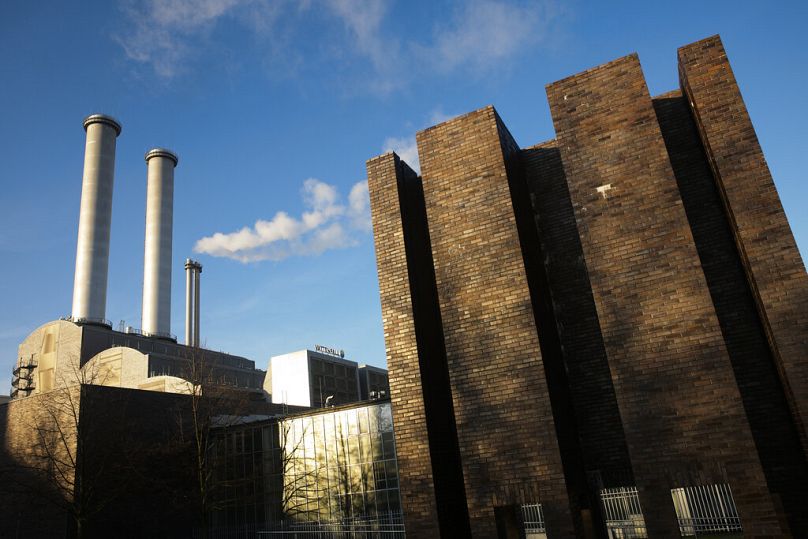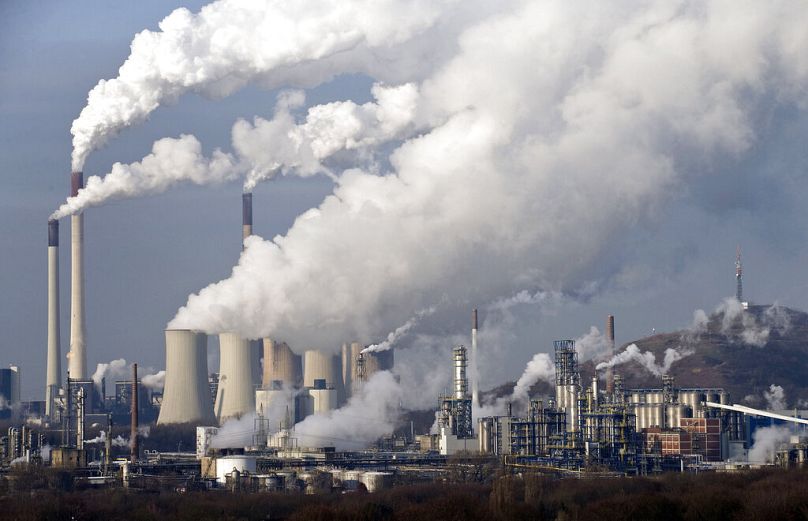Measuring and reducing emissions should always be the starting point of a net zero plan, but reduction is no longer sufficient on its own, Bojana Bajzelj writes.
The hot debate around carbon removal is polarising the industry.
The IPCC has established that, in order to keep global temperatures under a critical 1.5C of warming, the carbon removal market needs to be at a scale to remove up to 10 gigatonnes of CO2 per year by 2050.
Given that less than 600,000 tonnes of durable carbon removal credits were purchased in 2022, many experts are backing strong investment into these technologies now to get the market to the scale required in 2050.
But not everyone is on the same page. Some believe that we need to focus in the short term entirely on reducing emissions, investing in carbon removal much further down the line only as a last resort.
The implicit assumption is that reduction and removal are competing for investment and resources.
The truth is that investment needs to be much, much bigger across both, and carbon removal can actually be used not to compete with reductions but as a tool to leverage more resources into climate action overall.
Reduction and removal, like peas in a pod
We need to both reduce and remove simultaneously and with urgency if we are to stand a chance against the climate crisis.
Some actors, particularly big polluters, are better positioned to lead on reductions. Others, particularly those in innovation and technology, are better positioned to lead on removal as natural early adopters.
When it comes to corporate climate policy, carbon removal can be used to support rapid decarbonisation.
If companies commit to removing carbon that they have not yet reduced, this gives a real economic incentive to reduce as fast as possible, starting with the lowest-hanging fruit.
What’s more, if we focus only on reduction, when the time inevitably comes to remove what we can’t reduce, the demand for carbon removal will outstrip supply by a drastic margin.
Let’s debunk a few common myths I hear time and again that are holding back the conversation around carbon removal and limiting progress towards net zero.
Carbon removal’s effectiveness is proven
Some argue that carbon removal isn’t a permanent solution to the climate emergency.
They say that the technologies haven’t been around long enough to know whether the durability estimates are actually accurate and worry about pouring time and money into solutions that may end up not storing carbon for thousands of years as originally expected.
It’s true that new methods like enhanced rock weathering are still at the demonstration stage, and that rate of removal and permanence are still being investigated — although for the latter, it's estimated to be over 10,000 years.
But even a solution like biochar that stores carbon for hundreds of years will have a huge positive impact on the climate, buying us time to innovate even more ambitious, longer-term permanent solutions.
If we invest the same amount of time and resources we spent getting carbon out of the earth through oil and gas extraction as we can putting it back into stores, we’ll have a much wider array of permanent tactics than is currently available.
Investing in early emerging technologies today gives us time for future development.
Focusing on removals won't discourage companies from reducing emissions
Cheap emission avoidance offsets may have distracted from emission reductions, but that shouldn’t be the case for pricier, high-quality carbon removal.
Most companies use removal as part of a net zero transition plan and have already made steps to reduce emissions, which is often the cheaper part of the process.
Most of Supercritical’s customers find that they can reduce emissions by up to 25% with a few big changes, like switching to renewable energy, limiting long-distance travel and offering greener food and drink options at offices and team socials.
Purchasing removals is an additional but essential step to reaching net zero — it must not be seen as an either/or situation.
Investment in carbon removal can't wait
Some people understand that carbon removal is important but see it as something that we can dial up when we need to, once the technology has developed further and after we’ve taken reduction steps in the meantime.
This "I’ll get there when I get there" attitude is seriously risky. The carbon removal industry is developing fast, and it’s showing huge amounts of promise for the impact that it will have on the climate crisis.
But without immediate and significant investment from businesses incorporating carbon removal into their decarbonisation portfolio today, the market simply won’t be at the gigatonne scale we’ll need it to be in 2050 once companies are forced to turn to removals after having spent time reducing emissions by as much as possible.
One promising model emerging to tackle this scalability problem is long-term offtake agreements — the pre-purchase of carbon removal that gives suppliers the upfront infrastructure financing essential for scaling CDR plants.
No time to waste
We can’t let arguing and a lack of education get in the way of progress.
Measuring and reducing emissions should always be the starting point of a net zero plan, but reduction is no longer sufficient on its own.
We need to both reduce and remove if we’re going to beat the climate crisis, and we don’t have time to wait.
Bojana Bajzelj is the Head of Climate at Supercritical, a carbon removal marketplace.
At Euronews, we believe all views matter. Contact us at view@euronews.com to send pitches or submissions and be part of the conversation.





